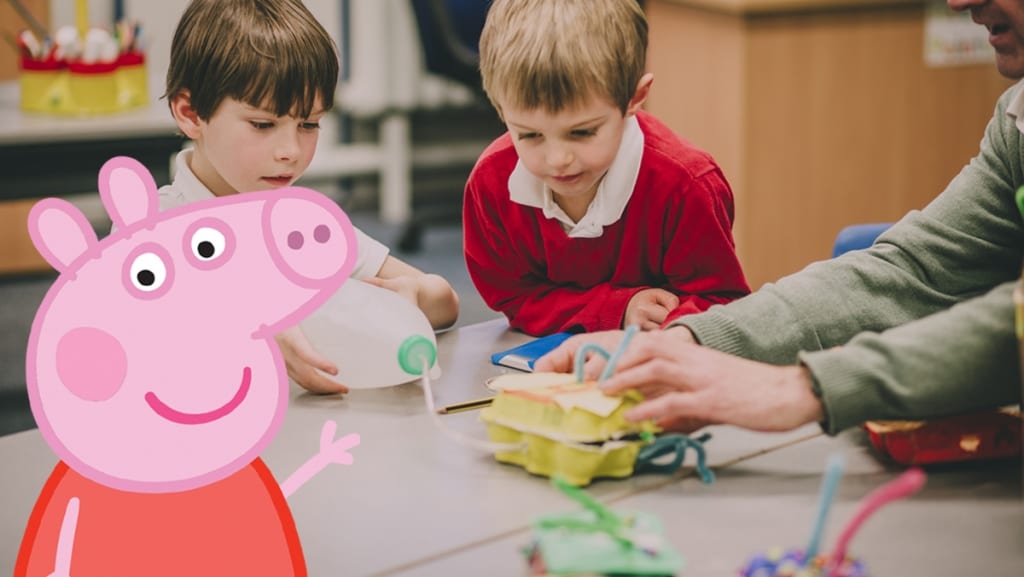- Arts & Sciences
9 Ways to Teach Kids About the Environment
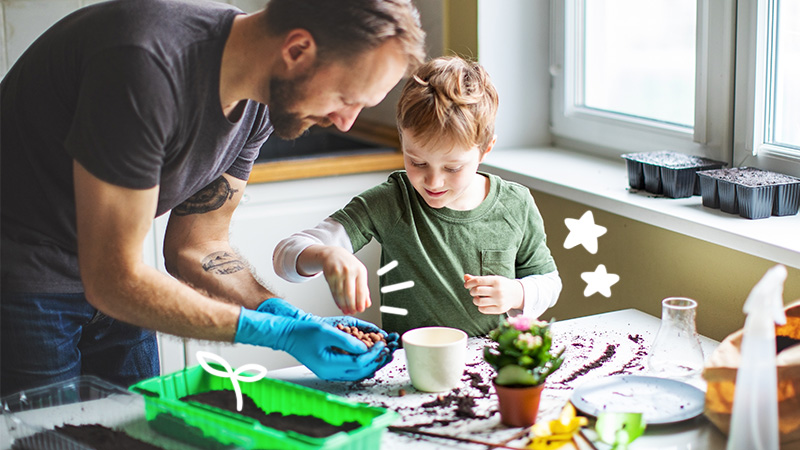
It’s never too early to start teaching kids how to take care of our planet! Empower your child with easy, everyday actions that can turn into lifelong habits – which will make a lasting difference on them and the world we live in.
1. Conserve
Billions of people have unreliable access to electricity or clean water. Explain to kids how essential it is to conserve these precious resources – and how they can help! For example, ask them to turn off the water while brushing teeth or to make sure the lights are turned off in empty rooms. Unplugged appliances can still use electricity, so if something isn’t in use, make sure a grown-up unplugs it or confirms it’s turned off at the wall.
2. Recycle
Show your kids what materials can be recycled instead of thrown away and how to sort them by material. Plus, when you shop with them, try to buy products made with recycled ingredients – for instance, their school supplies, including notebooks, folders, and paper!
Explore More in the App
Play On the Job: Sanitation Worker
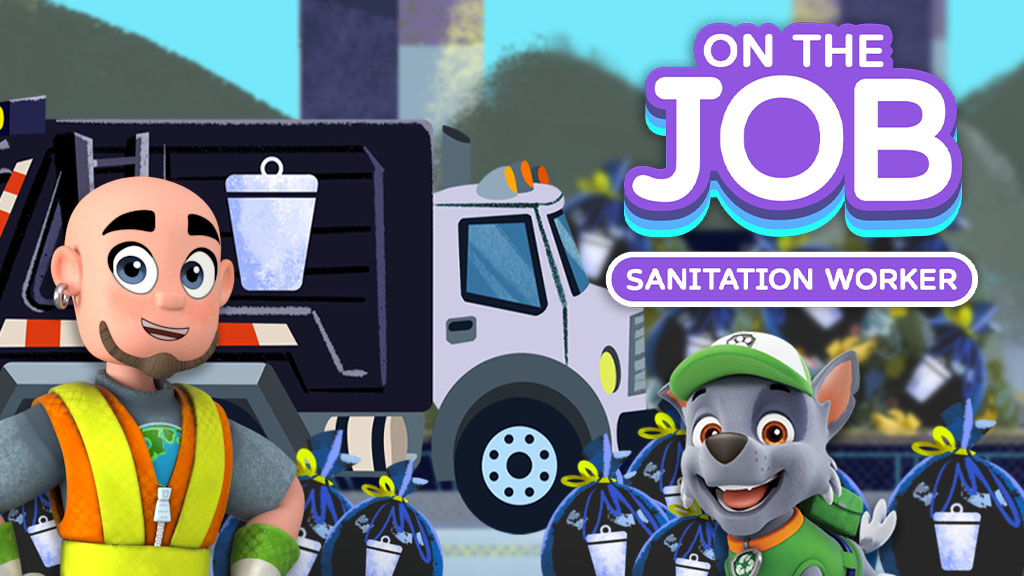
3. Organize
Inspire kids to organize a litter squad for your local park or playground! It helps them understand how fun it can be to work together – taking care of their community and their planet.
Explore More in the App
Watch Tales from the Playground: Yasmina Learns Little Things Can Make the World Better
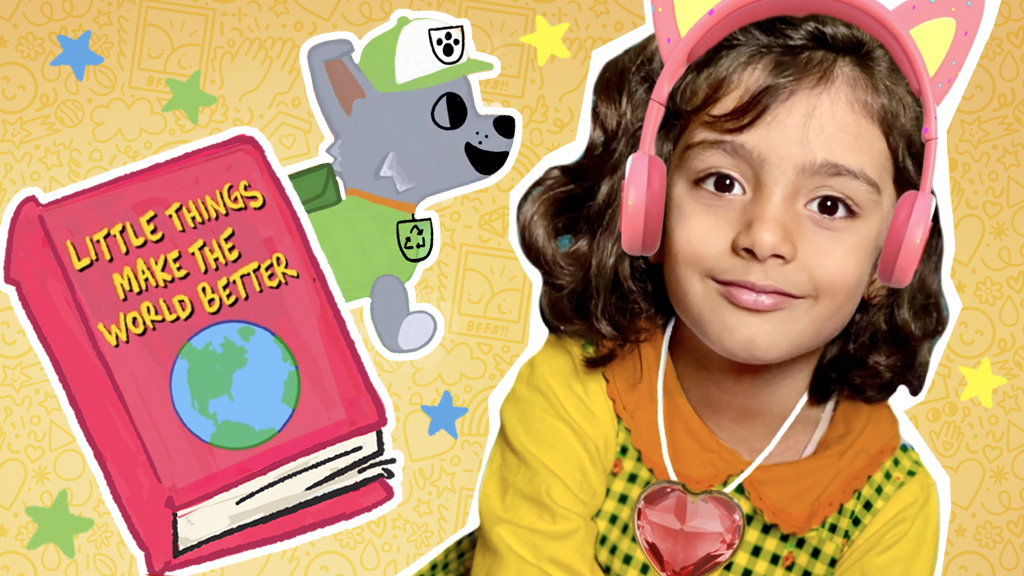
4. Plant
Start a garden with your child! Dedicate a special section for growing fruits, vegetables, and herbs, and explain to kids how buying or raising your own organic food can cut back on fossil fuels (for instance, conventional agriculture uses resources for crop management, fertilizers, pesticides, and machinery production). Planting a tree as a family also is a great way to explain how trees help create clean air and water while providing homes for many plants and animals.
Explore More in the App
Watch Noggin Knows: Plants
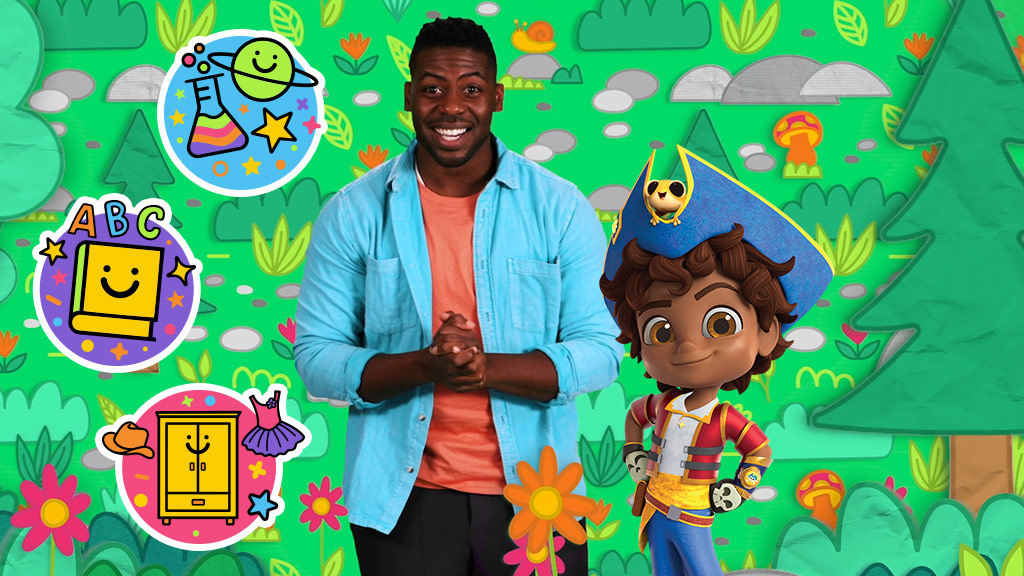
5. Compost
Fertilize your garden with the compost you create at home! Composting reduces waste, saves money, and is a great way to teach kids about nature and gardening. It’s a valuable lifelong tool for them to know what waste can be used for composting and how it creates natural fertilizer.
6. Reuse
Try to avoid using disposable plastic containers or objects as a family. Many of your everyday items can be reusable, such as metal straws and food containers. Make it fun for kids by letting them pick out or decorate a favorite reusable item, like their water bottle!
7. Walk or Ride
The less you drive a car, the more you can limit pollution. When possible, take walks or ride bikes to school, friends’ houses, or other activities – make it a fun family outing!
8. Upcycle
Instead of throwing materials away, set them aside for another purpose, like a special art project. Other ideas include making binoculars out of toilet paper rolls or using decorated newspapers and magazine pages as gift wrapping paper.
9. Donate
Because kids outgrow toys and clothes quickly, explain to them that a majority of these items end up in the landfill. Donate gently used items to charities or other local organizations. When your family needs new items, consider shopping at thrift stores and yard sales together!
See What Kids Learn with Noggin

Discover Your Child's Favorites

Give Noggin a Try
Kid-safe & ad-free
Accessible on multiple devices
New content added weekly
Downloadable books & games for offline play
Kid-safe & ad-free
New content added weekly
Accessible on multiple devices
Downloadable books & games for offline play
